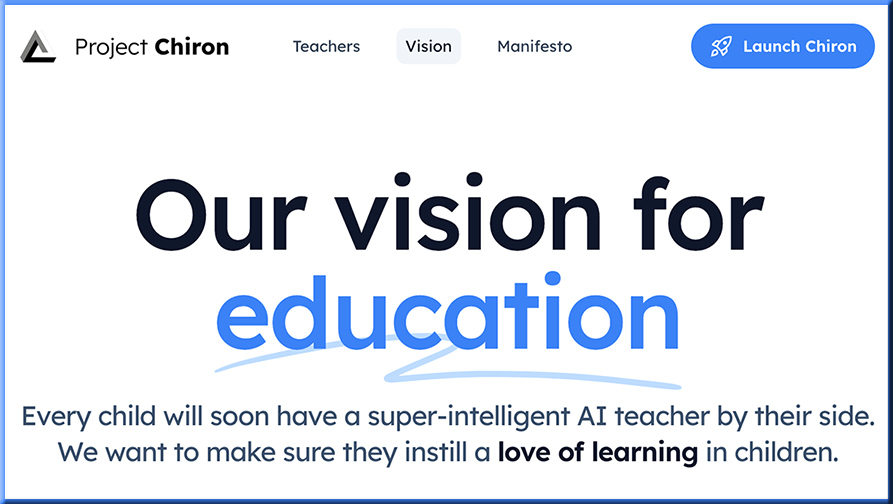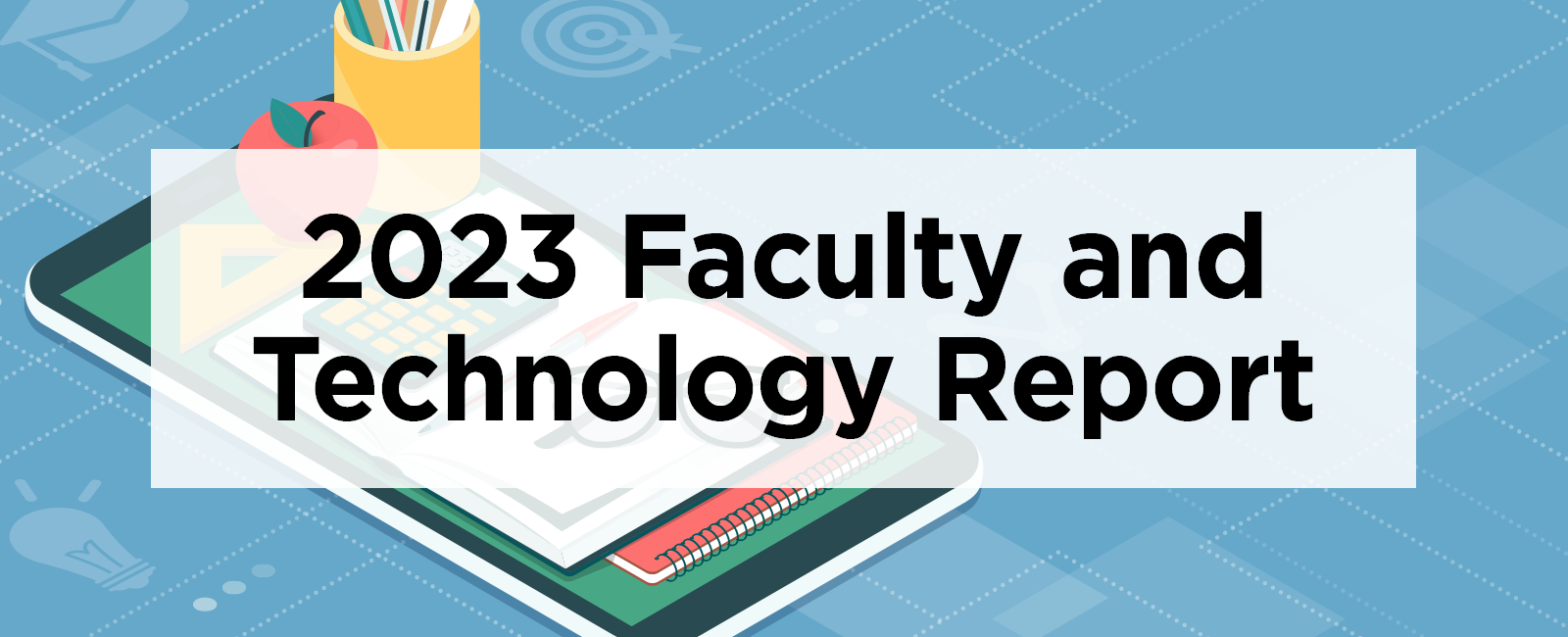Build Your Own High School: Phoenix Students Choose from 500 Classes, Internships, College Courses, Career Programs & More — from the74million.org by Beth Hawkins; via Michael Horn
At Phoenix Union City, high school doesn’t refer to a building but a personalized path of experiences that teenagers create for themselves.
PXU City HS has no physical site — its 83 students create custom programs, choosing from a menu of some 500 options from Phoenix Union High School District’s bricks-and-mortar schools; its online-only program, internships; jobs; college classes; and career training programs.
But in the process, it became clear just how many high school-aged students were working, caring for siblings, filling in for their parents or significantly behind — or ahead and bored — academically.
…
If PXU City works as well for all its students as it does for Dominguez, he adds, every high school in the district ought to throw away the bell schedule and offer a truly personalized education.
‘Every day matters’: CCSD students, teachers kick off 2023-24 school year — from reviewjournal.com by Julie Wootton-Greener; via Michael Horn
There are 10 areas of study students chose from: architectural design, business administration logistics-distribution, computer science, construction technology, cybersecurity, diesel/auto technology, energy technologies, human and social services, teaching and training, and sports medicine.
Students pick a job within the program they’re working toward, but that can change, Cordia said, noting that there are hundreds of possible jobs within the automotive program.
The school received e more than 1,000 applications from interested students, he said, calling it “very humbling.”
Addendum that also involves changes within the K12 learning ecosystem:
Is the Post-Pandemic Era Ripe for Rethinking High School? — from edsurge.com by Rebecca Koenig
















